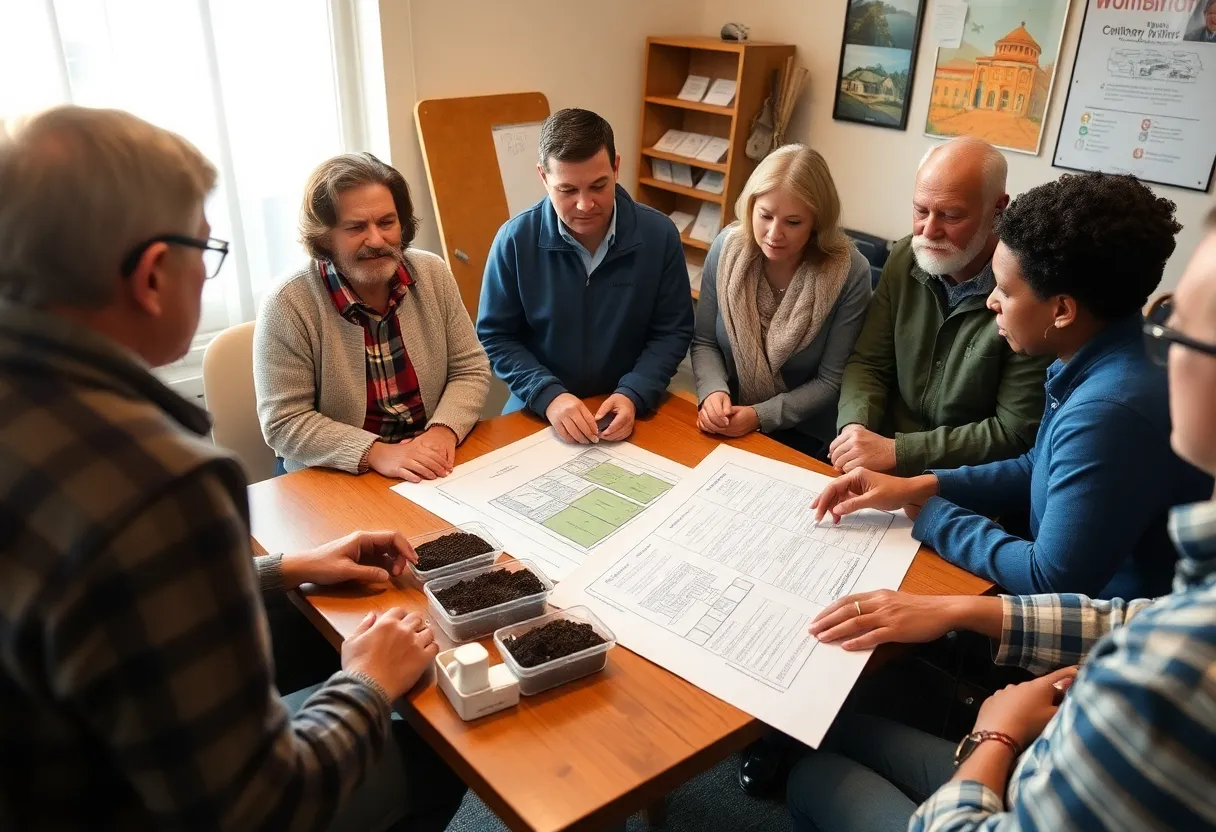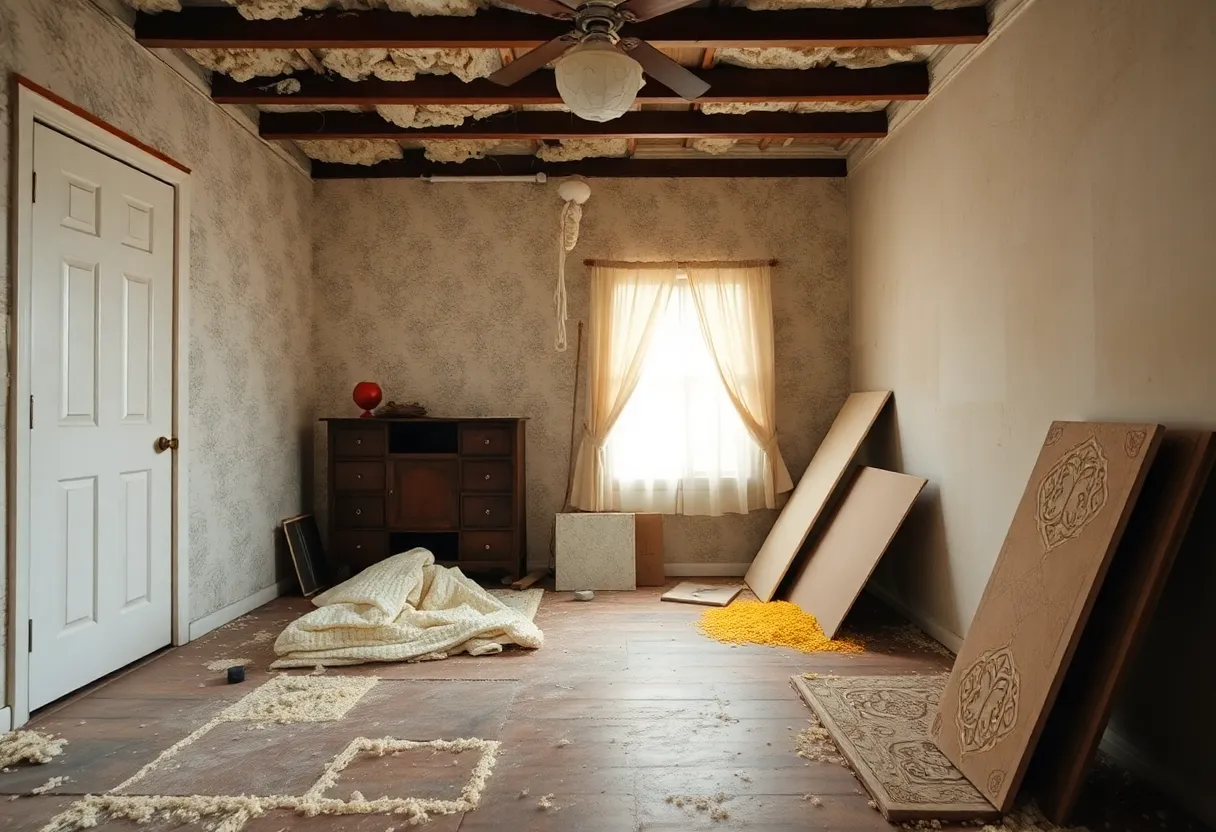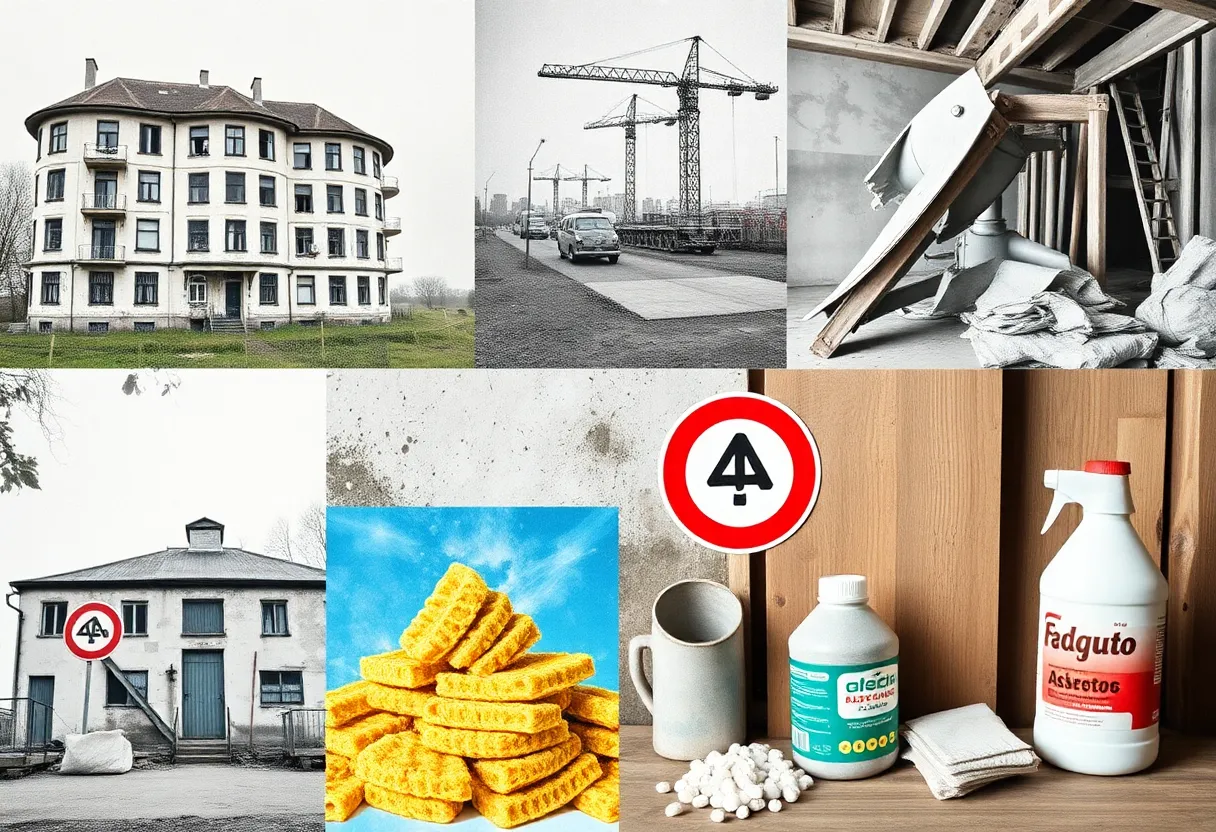News Summary
Recent changes to FEMA’s disaster clean-up policies have raised significant concerns among health professionals and asbestos advocates regarding increased mesothelioma diagnoses. The agency’s decision to halt additional soil testing for toxins, particularly in areas affected by natural disasters, has alarmed communities vulnerable to asbestos exposure. Experts warn that these changes could lead to a rise in asbestos-related health issues, highlighting the critical need for public health considerations amidst the push for timely recovery.
FEMA’s New Clean-Up Policies Spark Alarming Concerns Over Mesothelioma Risks
In a shocking development, recent revisions to the Federal Emergency Management Agency’s (FEMA) disaster clean-up policies have ignited significant concern among health care professionals and asbestos awareness advocates. These changes raise crucial questions about the potential for increased diagnoses of mesothelioma, a deadly cancer linked to asbestos exposure, following natural disasters.
Assessment Changes Leave Communities Vulnerable
FEMA has announced that it will no longer conduct additional soil tests to confirm that former home sites are free of toxins, significantly changing the protocol for managing hazardous materials in the aftermath of disasters. This decision is particularly alarming given that natural disasters like hurricanes, wildfires, and earthquakes can disturb and disperse toxic materials, including asbestos fibers, into the environment.
Recent disasters, such as the Eaton and Palisades wildfires that devastated approximately 16,000 buildings in the Los Angeles area, illustrate the severity of this threat. When homes constructed before 1980 are destroyed, the risk of airborne asbestos particles becomes a pressing danger, as asbestos was a common building material at the time. These tiny, invisible fibers can linger in the air, posing serious health risks through inhalation or ingestion.
Deadly Asbestos in Wildfire Ash
While FEMA continues to remove wildfire ash, debris, and sections of topsoil, the lack of comprehensive assessments raises the alarm for local residents and business owners. The reality is that wildfire ash is not merely a destructive byproduct of fire; it can also contain the remnants of toxic materials, including asbestos, that may have been present in the burned structures. Without thorough testing to ensure that the soil is safe, the community is left exposed to significant health risks.
The Cost of “Timely Recovery”
The justification for FEMA’s new policy comes from concerns over the efficiency of the disaster cleanup process. Federal coordinating officers have described returning to previous testing protocols as “tedious” and an obstacle to quick recovery. However, the persistent fears regarding asbestos contamination and the potential for future health crises due to asbestos-related diseases seem to take a backseat to the urgency of speedy cleanup efforts.
This alarming shift does not sit well with California Governor Gavin Newsom, who has publicly called for a reassessment of the agency’s policy to prioritize public health over expedited recovery. The lingering questions on how to balance efficient disaster recovery with the safety and health of the community remain unresolved.
Future Implications for Public Health
Experts warn that the absence of adequate testing could lead to a surge in health issues down the line. The exposure to asbestos during reconstruction efforts, combined with the potential disruption of contaminated soil, could create a dire public health scenario. Communities affected by recent disasters may see rising cases of mesothelioma and other asbestos-related lung diseases in the years to come, pushing health care systems to the brink.
As conversations continue surrounding disaster response and the risks of asbestos exposure, it is imperative for residents and advocates to remain informed and engaged. Those who have suffered asbestos exposure or are concerned about potential diagnoses should seek guidance from professionals well-versed in mesothelioma and advocacy.
Stay Informed and Be Safe
If you or someone you love has been diagnosed with mesothelioma or other related ailments, support is available. It is vital to connect with experienced patient advocates who can provide information and assistance in navigating the complexities of asbestos-related health issues.
The changes issued by FEMA have highlighted the urgency of a comprehensive approach to disaster recovery, making it clear that while timely recovery is crucial, the health of community members should never be compromised. As policies evolve, the battle for public health and safety continues, emphasizing the importance of vigilance against the hidden risks posed by asbestos.
For anyone seeking assistance or more information, expert resources are available to guide those affected by asbestos exposure.
Deeper Dive: News & Info About This Topic
HERE Resources
High-Profile Asbestos Scam Trial Causes Stir in Bloemfontein
Another Victim of Asbestos: Tony Robins’ Tragic Battle with Mesothelioma
Health Centre in Thuraiyur Risks Lives Amid Structural Deterioration
Construction Delays After Asbestos Discovery at Trumbull Center Demolition Site
Audit Uncovers Alarming Asbestos Inspection Failures in New York City Schools
Governor’s Veto Leaves Medical Marijuana Patients Struggling
Concerns Erupt Over Potential Asbestos Risk at Grenagh GAA Club
Asbestos Concerns Lead to Cancellations at Grenagh GAA Club
Trial of Former Free State Premier Opens Amidst High-Profile Asbestos Case
Two New Jersey Men Charged in Hazardous Waste Dilemma
Additional Resources
- Asbestos.com: Asbestos Warnings Issued California Wildfires
- Wikipedia: Asbestos
- Mesothelioma Guide: California Wildfires Asbestos Exposure
- Google Search: Asbestos Exposure Wildfires
- NBC Los Angeles: Lead, Asbestos Keep Eaton Fire Victims from Returning Home
- Google Scholar: Asbestos Exposure Health Risks
- LA Times: Deputies Warned to Decontaminate Clothes After Lead, Asbestos Found in Air Near Eaton Fire
- Encyclopedia Britannica: Asbestos



















